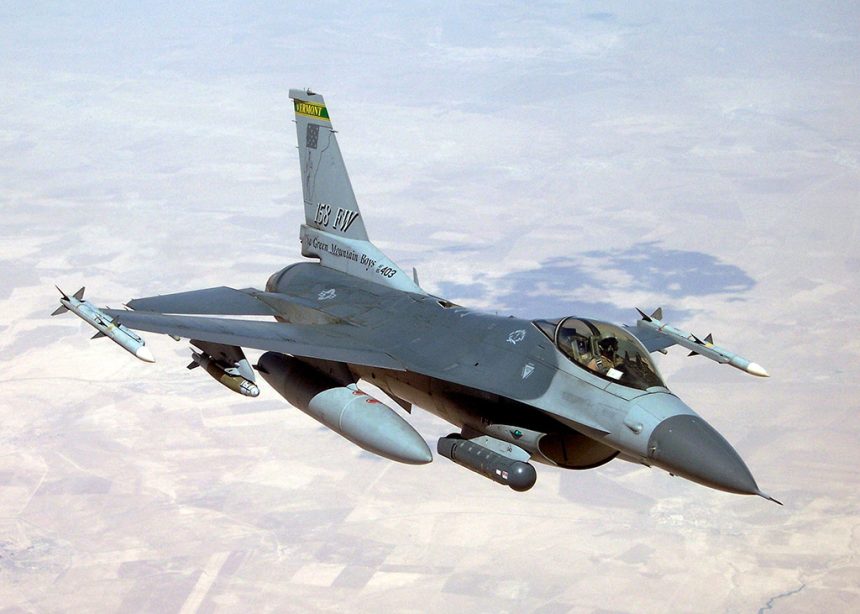The Lockheed Martin F-16 Fighting Falcon is the western world’s most prolific fighter of the last 40 years.
Born in response to LWF (Light Weight Fighter) requirement for a small and agile fighter, the Viper has become U.S. Air Force’s standard multirole jet.
Among the many tasks that the F-16 can perform, there is also the Forward Air Controller (Airborne) or FAC (A) mission.
In the cool video below you can see the strafing run of eight F-16CJs belonging to 22nd and 23rd Fighter Squadrons from Spangdahlem AB, during a NATO FACs exercise held at Nordhorn Range in Germany on Aug. 20, 2009.
But which are the skills requested to perform a FAC(A) mission?
In this kind of mission, the airborne platform has also the task to allocate fighters to targets designated by the ground troops.
Even if the FAC(A) concept dates back to WWII and, later, Korea Air War, nowadays the job generally requires a single seat plane, with a quite busy pilot who runs the radios, coordinates the attack runs with the ground troops, writes down some specific data information and flies the aircraft.
Aircraft flying FAC(A) missions usually carry a wide variety of ordnance such as dumb bombs, white phosphorus rockets (used to mark targets for inbound attackers) and also 20 mm rounds which flank the latest precision guided munitions that the Joint Helmet Mounted Cueing System (JHMCS) and Sniper targeting pod (along with Link 16 and other on board tech) make more efficient.
The FAC(A) manages the Close Air Support stack, that is the vertical pier of airplanes that respond to the FAC(A)’s call for support.
While flying his own airplane and avoiding enemy Surface to Air Missiles (SAMs) and Anti Aircraft Artillery (AAA), the FAC(A) must keep track simultaneously the CAS stack which is made up of different types of aircraft, with many different types of air-to-ground munitions most of the times, and furthermore they have different loiter times, airspeeds and ability to hit targets on the ground.
Moreover the FAC(A) also coordinates army artillery fires. Therefore, it’s a quite busy mission!
The F-16, a fast jet that offers its pilot an impressive visibility, can carry plenty of ordnance, is maneuverable even at low-speed and high AOA (Angle of Attack) and can effectively cooperate with different types of aircraft, is the perfect asset to perform FAC(A) missions.
Another aircraft quite good in the same role is the OA-10 Warthog.
Image credit: U.S. Air Force















